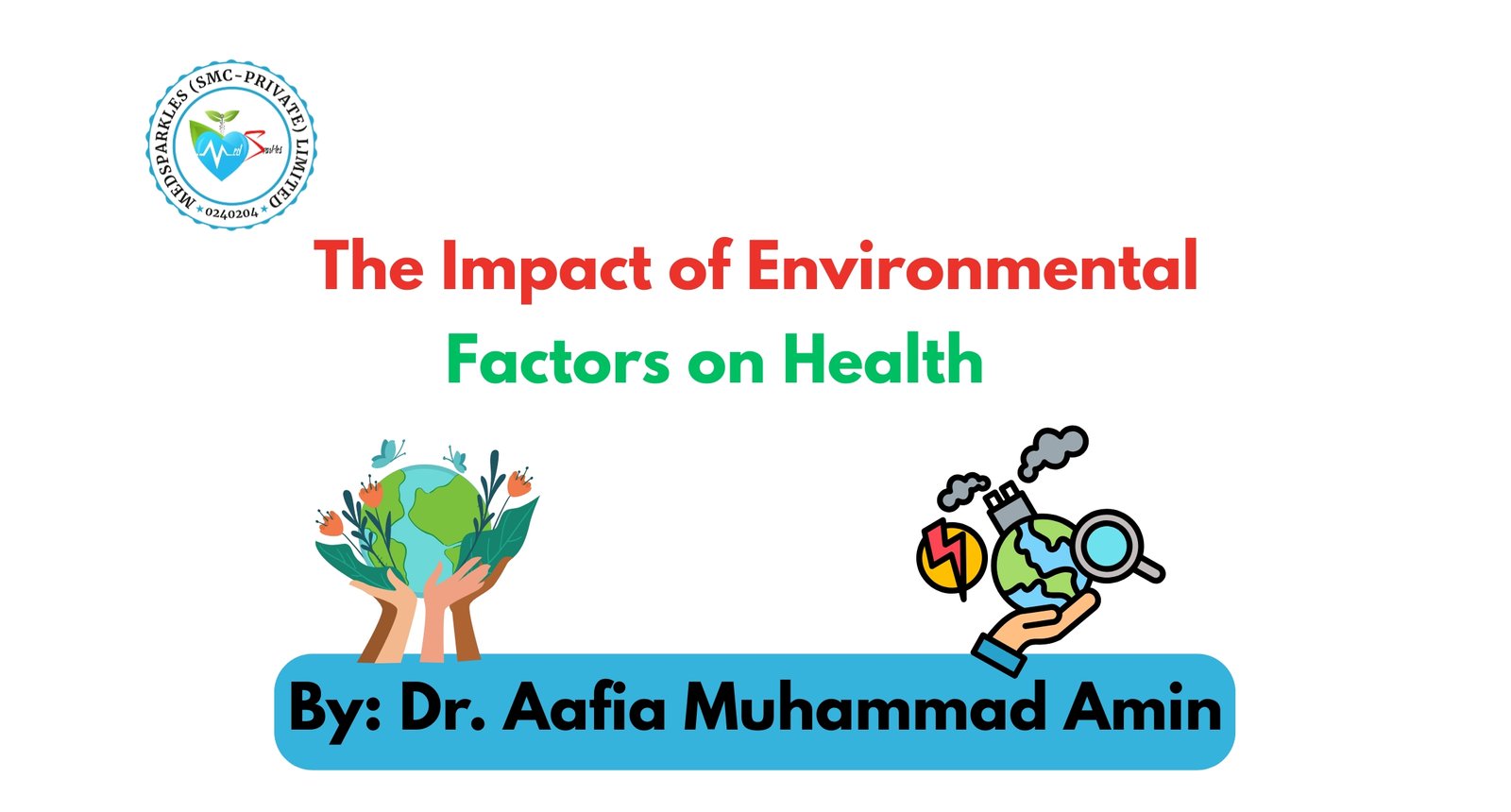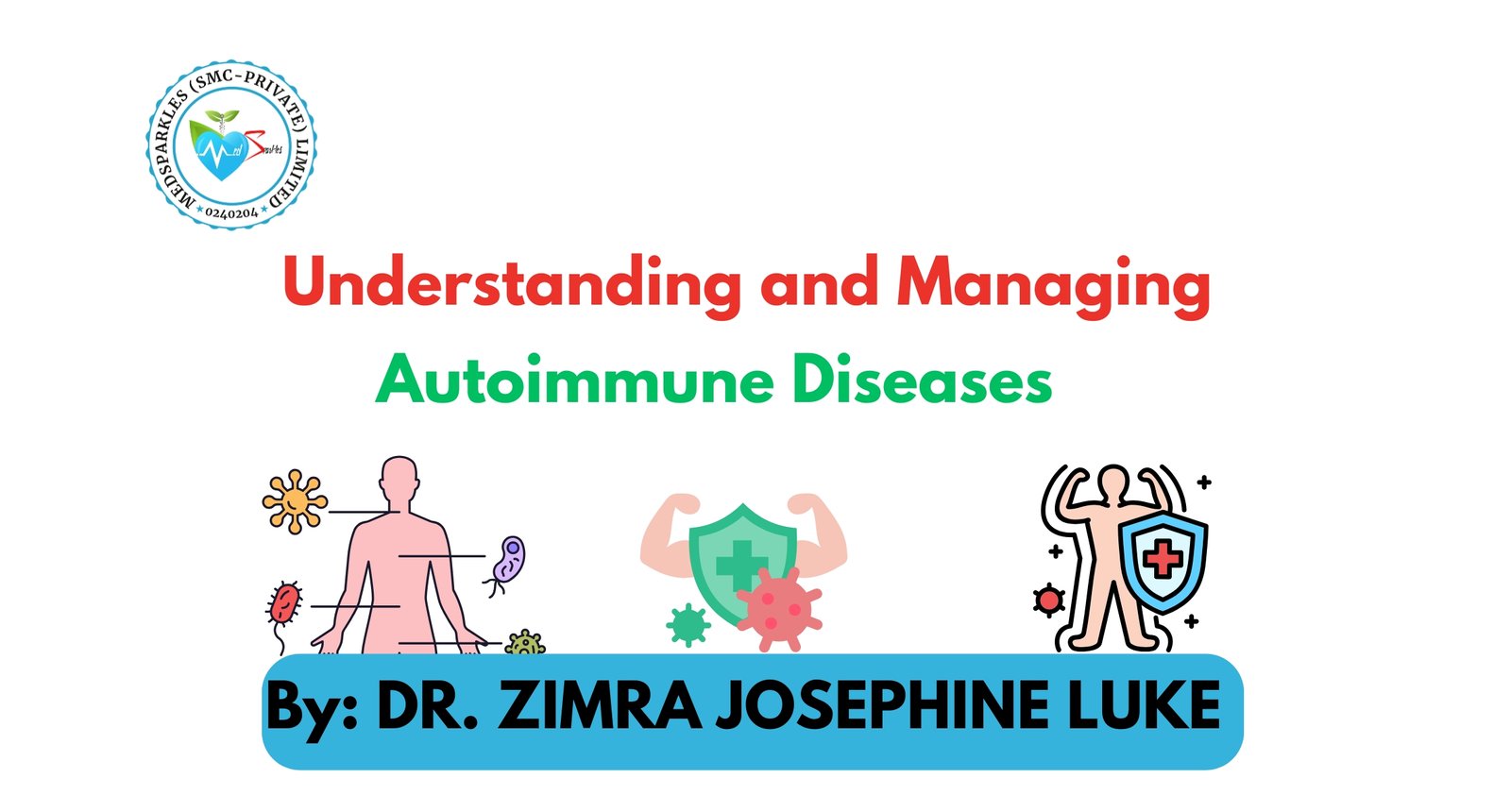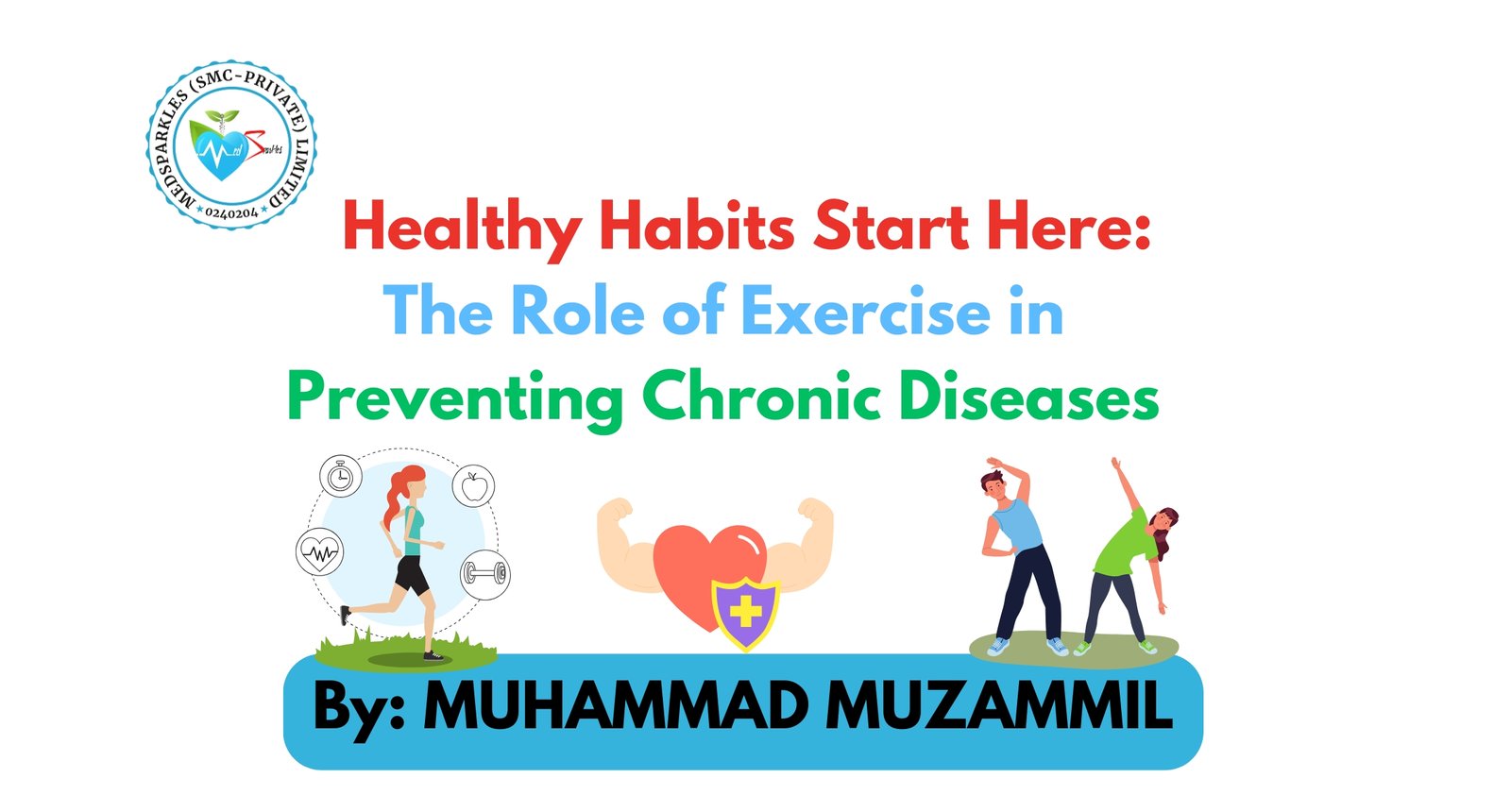Currently, tea is considered to be a popular beverage consumed by two third 2/3 of the population of the world. (Chen et al., 2008). The consumption of tea began in ancient times in China, where people used to consume tea as a medicine. (Vuong, 2014). Over the past few years, research has increased on the phytochemicals in tea due to their beneficial effects on public health. (Khan & Mukhtar, 2018). Tea is mainly of three types such as Green tea (prepared from unoxidized polyphenols of green leaf), Black tea (oxidation of polyphenols is carried out), and Oolong tea (a partially oxidized product). (Graham, 1992).
Tea nearly contains 4000 different bioactive compounds, with a high proportion of polyphenols up to 33%. The predominant component among polyphenols is catechins. (KC et al., 2020). The major phytochemicals include catechins, theaflavins, thearubigins, flavonoids, tannins, alkaloids (caffeine), amino acids, and several volatile oils.(Crozier et al., 2009).
Camellia sinensis is the species of plant whose leaves and leaf buds are used to produce Chinese tea. It is of the genus Camellia, a genus of flowering plants in the family Theaceae. White tea, green tea, oolong, and black tea are all harvested from this species, but are processed differently to attain different levels of oxidation. Kukicha (twig tea) is also harvested from Camellia sinensis, but uses twigs and stems rather than leaves. Common names include tea plant, tea tree, and tea shrub.(Namita et al., 2012)
| Kingdom | Plantae |
| Order | Ericales |
| Family | Theaceae |
| Genus | Camellia |
| Species | sinensis |
| Binomial name | Camellia sinensis (L.) Kuntze |
Habitat of Tea:
Camellia sinensis, or the tea plant, is regionally found in humid subtropical and tropical regions of Asia in the forests of China, Assam, and several areas of Myanmar and Thailand. (Wachira et al., 2013). The region possesses several environmental conditions with an acidic pH of soil, moderate to high humidity, and annual rainfall of 100cm.
The optimal temperature range is 10–30°C for the growth of the tea plant. The plant metabolism is decreased in this condition, producing fine-quality leaves.(Ahmed et al., 2019).
Phytochemical Composition of tea:
The constituents differ in green and black tea. Green tea contains catechins such as epigallocatechins (EGCG). epigallocatechin (EGC) and epicatechin gallate (ECG). These forms of catechins are under investigation for their antioxidant, anti-inflammatory, and anti-carcinogenic effects.(Cabrera et al., 2006). The black tea is lower in catechin levels but is abundant in theaflavins and thearubigins.
Components in Green Tea
The composition of green tea includes polyphenols (20-30%) mainly EGCG (epigallocatechin‑3‑gallate): 10–15 %, EGC (epigallocatechin): 6–10 %, ECG (epicatechin gallate): 2–3 %, EC (epicatechin): 2 %, alkaloids (caffeine 2-4%), amino acids (L-Theanine 1-2%), vitamins, minerals, flavonoids and some volatile oils.(Zhao et al., 2022). About 26 amino acids are found in green tea out of 26 amino acids 20 amino acids are protein in nature and 6 amino acids are non-protein in nature.

Composition of Black tea:
The black tea is composed of similar components to those of green tea but with different proportions and slight variations. Fresh black tea consists of Polyphenolic compounds, 36%, Carbohydrates: 25%, Proteins: 15%,Lignin: 6.5%,Ash (Minerals): 5%, Amino acids, 4%,Lipids: 2%,Organic acids: 1.5%,Chlorophyl 0.5%,Carotenoids & volatile oils <0.1%.(Łuczaj & Skrzydlewska, 2005)
The latest finding in black tea of 14 glycosides of myricetin, quercetin, kaempferol, and proanthocyanidins, which remain unaffected by certain enzymes (phenol oxidase). The most important flavonols in black tea are these glycosides. (Łuczaj & Skrzydlewska, 2005).

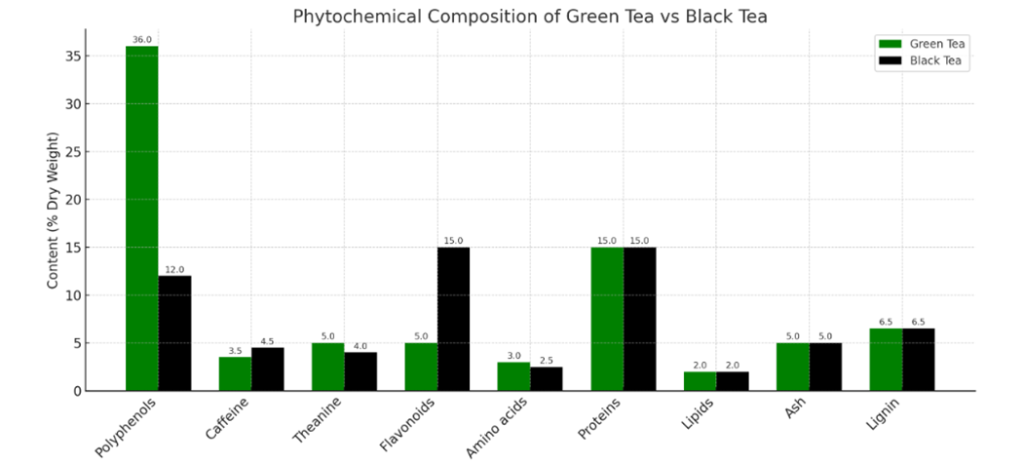

Pharmacological effect of tea:
There are various pharmacological effects of tea leaves due to the presence of several respective components. The multifunctional effects are produced by different kinds of unique compounds in tea leaves.
Antioxidant effect:
Polyphenols such as EGCG, ECG, EGC, and caffeine have the tendency to scavenge free radicals and act as antioxidants. Green tea possesses more antioxidant properties, as the Malaysian study proposed that black and green tea may vary in their total phenolic component, as mentioned:
| Tea Type | Total Phenolic Content (mg GAE/ g) | Antioxidant activity (AA, mg AA/g) |
| Green tea | 205–363 | 420–781 |
| Black tea | 172–209 | 215–269 |
As the more phenolic components are responsible for the more antioxidant properties as green tea is rich in polyphenol content and possesses more antioxidant nature.(Chan et al., 2011)
Anticancer agent
Polyphenols also inhibit the growth of cancerous cells, acting as an anticancer. It inhibits the tumor migration and its invasion into other tissues, and it induces apoptosis in cancerous cells. It decreases angiogenesis by suppressing VEGF (vascular endothelial growth factor).
Antidiabetic effect:
Tea plant (green tea) mainly helps to metabolize glucose and improve the sensitivity of insulin. It increases GLUT-4 expression and uptake of glucose. Therefore, it acts as an anti-diabetic agent.
Anti-thyroid
Catechins inhibit thyroid peroxidase and deiodinase activity to act in hyperthyroidism. Therefore, these ingredients act as anti-thyroid agents.
Antibacterial
The polyphenols (EGCG, ECG, EC, caffeine) inhibit the growth of bacteria, acting against bacterial infections.
Immunomodulatory action
The main polyphenol EGCG (Epigallocatechin gallate) inhibits the proliferation of T-cells and an inflammatory mediator IL-2 (Interleukin) signaling pathway, it provokes the T-cell generation via Foxp3 expression, and helps to mitigate the allergic reactions and some autoimmune conditions.
Neuroprotective effect
Theanine plays an important role in improving cognitive functions in neurodegenerative disorders. Alzheimer’s disease and Parkinson’s disease have been well-experimented with green tea and show improvement in cognitive functions via different mechanisms. Some other brain-related conditions, like brain ischemia and a sudden brain injury, can also be treated with the green tea components.
Anti-inflammatory effect
Catechins have an anti-inflammatory effect. Tea polyphenols inhibit (Nag Chaudhuri et al., 2005) the activation of NF‑κB, which is responsible for inflammation. Black tea flavonoids mainly contain galloyl groups, producing a potent anti-inflammatory effect.
Cardiovascular effect
Theaflavins and flavonoids improve the endothelial function and promote vasodilation. It decreases LDL (low-density lipoprotein) in thrombotic patients.(Hodgson & Croft, 2010)
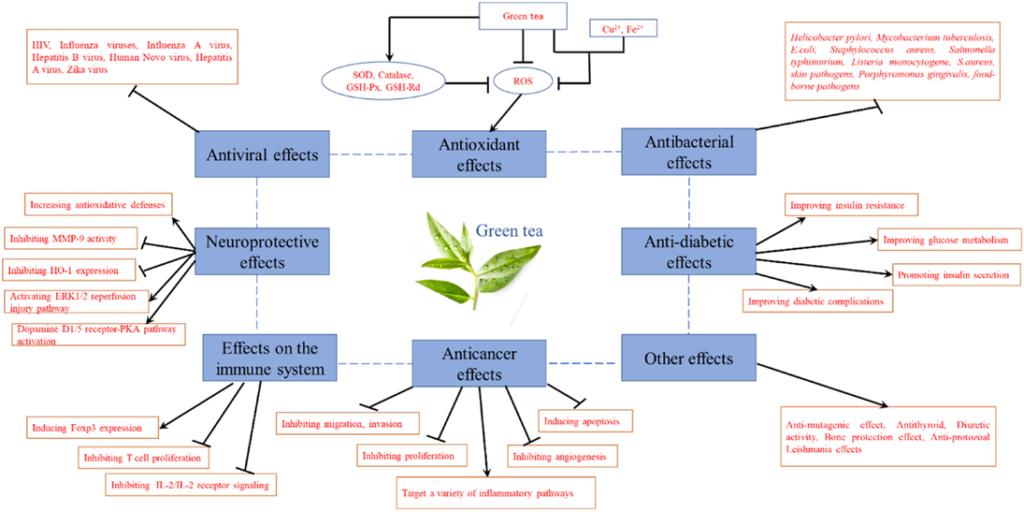
Difference between Black tea and Green tea:
| Black tea | Green tea |
| Leaves are fully fermented and oxidized by enzymatic oxidation, producing a brown color. | Leaves are not fermented but steamed to prevent oxidation. |
| Rich in theaflavins and thearubigins formed during fermentation. | It is rich in catechins (EGCG, EGC, ECG, EC). |
| These are amber in color. | These are dark green or grassy in color. |
| Moderate (40–70 mg/cup) quantity of caffeine is present. | A lower (20–45 mg/cup) quantity of caffeine is present in green tea. |
FAQs
1. What is the origin of tea consumption and how has it evolved over time?
Tea consumption originated in ancient China where it was primarily used for medicinal purposes. Over centuries, it became a globally consumed beverage, now enjoyed by approximately two-thirds of the world’s population. The increasing interest in its health benefits has led to a surge in research on its phytochemical constituents and therapeutic effects (Vuong, 2014; Chen et al., 2008).
2. What are the main types of tea and how are they processed differently?
The three main types of tea derived from Camellia sinensis are:
- Green Tea: Produced from unoxidized leaves and rich in catechins.
- Black Tea: Fully oxidized, rich in theaflavins and thearubigins.
- Oolong Tea: Partially oxidized, offering a profile between green and black tea.
These differences in processing affect the chemical composition and resultant health effects (Graham, 1992).
3. What are the key bioactive compounds found in tea and their health implications?
Tea contains over 4000 bioactive compounds, including polyphenols (notably catechins like EGCG), flavonoids, theaflavins, caffeine, amino acids (like theanine), and volatile oils. These contribute to antioxidant, anticancer, antidiabetic, anti-inflammatory, neuroprotective, and cardiovascular effects (KC et al., 2020; Crozier et al., 2009).
4. How do green and black tea differ in phytochemical composition and pharmacological activity?
Green tea is rich in catechins (EGCG, EGC, ECG), giving it strong antioxidant and anti-inflammatory properties. Black tea, due to oxidation, has lower catechin content but higher levels of theaflavins and thearubigins, which provide cardiovascular and anti-inflammatory benefits. Their caffeine content also varies, with green tea containing less (Chan et al., 2011; Łuczaj & Skrzydlewska, 2005).
5. What are the environmental requirements for optimal tea cultivation?
Camellia sinensis thrives in humid subtropical and tropical regions with acidic soils, annual rainfall around 100 cm, and temperatures ranging between 10–30°C. These conditions promote the biosynthesis of phytochemicals essential for both flavor and health benefits (Wachira et al., 2013; Ahmed et al., 2019).
References
Aboulwafa, M. M., Youssef, F. S., Gad, H. A., Sarker, S. D., Nahar, L., Al-Azizi, M. M., & Ashour, M. L. (2019). Authentication and discrimination of green tea samples using UV-vis, FTIR and HPLC techniques coupled with chemometrics analysis. J Pharm Biomed Anal, 164, 653-658. https://doi.org/10.1016/j.jpba.2018.11.036
Ahmed, S., Griffin, T. S., Kraner, D., Schaffner, M. K., Sharma, D., Hazel, M., Leitch, A. R., Orians, C. M., Han, W., Stepp, J. R., Robbat, A., Matyas, C., Long, C., Xue, D., Houser, R. F., & Cash, S. B. (2019). Environmental Factors Variably Impact Tea Secondary Metabolites in the Context of Climate Change [Systematic Review]. Frontiers in Plant Science, Volume 10 – 2019. https://doi.org/10.3389/fpls.2019.00939
Alara, O. R., Abdurahman, N. H., & Ukaegbu, C. I. (2021). Extraction of phenolic compounds: A review. Current Research in Food Science, 4, 200-214. https://doi.org/https://doi.org/10.1016/j.crfs.2021.03.011
Bag, S., Mondal, A., Majumder, A., & Banik, A. (2022). Tea and its phytochemicals: Hidden health benefits & modulation of signaling cascade by phytochemicals. Food Chemistry, 371, 131098. https://doi.org/https://doi.org/10.1016/j.foodchem.2021.131098
Baker, R., Houghton, P., Lewis, J., BrianLockwood, G., Mills, S., O’Neill, M., Sofowora, A., Weston, S., Williamson, E., & Wright, C. (2009). Contributors. In W. C. Evans & D. Evans (Eds.), Trease and Evans’ Pharmacognosy (Sixteenth Edition) (pp. ix). W.B. Saunders. https://doi.org/https://doi.org/10.1016/B978-0-7020-2933-2.00045-9
Cabrera, C., Artacho, R., & Giménez, R. (2006). Beneficial effects of green tea–a review. J Am Coll Nutr, 25(2), 79-99. https://doi.org/10.1080/07315724.2006.10719518
Chacko, S. M., Thambi, P. T., Kuttan, R., & Nishigaki, I. (2010). Beneficial effects of green tea: A literature review. Chinese Medicine, 5(1), 13. https://doi.org/10.1186/1749-8546-5-13
Chan, E. W., Soh, E. Y., Tie, P. P., & Law, Y. P. (2011). Antioxidant and antibacterial properties of green, black, and herbal teas of Camellia sinensis. Pharmacognosy Res, 3(4), 266-272. https://doi.org/10.4103/0974-8490.89748
Chen, D., Milacic, V., Chen, M. S., Wan, S. B., Lam, W. H., Huo, C., Landis-Piwowar, K. R., Cui, Q. C., Wali, A., Chan, T. H., & Dou, Q. P. (2008). Tea polyphenols, their biological effects and potential molecular targets. Histol Histopathol, 23(4), 487-496. https://doi.org/10.14670/hh-23.487
Cioanca, O., Lungu, I.-I., Mita-Baciu, I., Robu, S., Burlec, A. F., Hancianu, M., & Crivoi, F. (2024). Extraction and Purification of Catechins from Tea Leaves: An Overview of Methods, Advantages, and Disadvantages. Separations, 11(6), 171. https://www.mdpi.com/2297-8739/11/6/171
Cravotto, C., Fabiano-Tixier, A. S., Claux, O., Abert-Vian, M., Tabasso, S., Cravotto, G., & Chemat, F. (2022). Towards Substitution of Hexane as Extraction Solvent of Food Products and Ingredients with No Regrets. Foods, 11(21). https://doi.org/10.3390/foods11213412
Crozier, A., Jaganath, I. B., & Clifford, M. N. (2009). Dietary phenolics: chemistry, bioavailability and effects on health. Nat Prod Rep, 26(8), 1001-1043. https://doi.org/10.1039/b802662a
Gao, R., van Halsema, F. E. D., Temminghoff, E. J. M., van Leeuwen, H. P., van Valenberg, H. J. F., Eisner, M. D., Giesbers, M., & van Boekel, M. A. J. S. (2010). Modelling ion composition in simulated milk ultrafiltrate (SMUF). I: Influence of calcium phosphate precipitation. Food Chemistry, 122(3), 700-709. https://doi.org/https://doi.org/10.1016/j.foodchem.2010.03.040
Gibson, E., & Rycroft, J. (2011). Psychological and Physiological Consequences of Drinking Tea. In (pp. 621-636). https://doi.org/10.1007/978-0-387-92271-3_41
Graham, H. N. (1992). Green tea composition, consumption, and polyphenol chemistry. Preventive Medicine, 21(3), 334-350. https://doi.org/https://doi.org/10.1016/0091-7435(92)90041-F
Harborne, J. B. (1973). Phytochemical Methods
A GUIDE TO MODERN TECHNIQUES
OF PLANT ANALYSIS (2nd ed.). https://link.springer.com/book/10.1007/978-94-009-5570-7
Harbowy, M. E., A., B. D., P., D. A., & and Cai, Y. (1997). Tea Chemistry. Critical Reviews in Plant Sciences, 16(5), 415-480. https://doi.org/10.1080/07352689709701956
Hodgson, J. M., & Croft, K. D. (2010). Tea flavonoids and cardiovascular health. Molecular Aspects of Medicine, 31(6), 495-502. https://doi.org/https://doi.org/10.1016/j.mam.2010.09.004
Kalidass, S., Daiyarvijaya, K., & Rajagopal, R. K. (2021). Comparative Study on Quantification of Total Catechins Using UV-Vis Spectrophotometric Method and High Performance Liquid Chromatography Techniques. Oriental Journal of Chemistry, 37(1), 136.
Kaur, C., & Kapoor, H. C. (2001). Antioxidants in fruits and vegetables – the millennium’s health. International Journal of Food Science & Technology, 36(7), 703-725. https://doi.org/https://doi.org/10.1111/j.1365-2621.2001.00513.x

